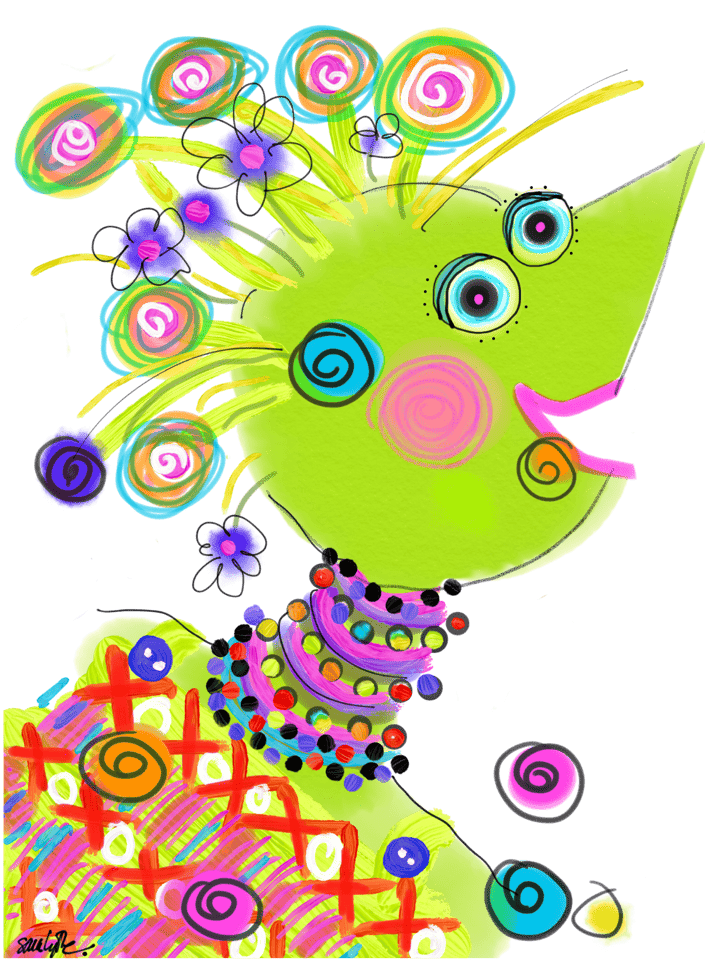Head Lice vs. Dandruff: How to Tell the Difference

Many people often confuse dandruff with head lice, as white empty head lice eggs can resemble dandruff. This confusion can lead to either over-treatment of hair or ignoring a lice infestation, mistaking head lice eggs for dandruff. So, how can you distinguish between the two?
To differentiate between dandruff and head lice, it’s important to know how to identify each of them. The key test is to touch the white substance found in the hair with a finger and see if it moves easily. Dandruff will move easily upon touch, while head lice eggs will be firmly attached to the hair shaft and won’t move. To remove a head lice egg, you may need to pull it off with your fingernails, and you’ll notice that lice is teardrop-shaped when placed on white toilet paper.
It’s important to note that dandruff cannot cause head lice. However, head lice treatments or products can cause dandruff by drying out or dehydrating the scalp. Long-term, recurring dandruff is possible if these treatments are frequently used.
The first sign of a head lice infestation is often an itchy scalp caused by an allergic reaction to the saliva injected by the head lice while feeding. However, some people may not experience any itching. Look for teardrop-shaped eggs near the roots of the hair, sesame seed-sized bugs crawling on the scalp and hair, and raised red lumps on the neck or behind the ears as a sign of irritation from head lice feeding.
Dandruff can have various causes, including dry skin, sensitivity to hair products like shampoo, irritated or oily skin, and skin conditions like eczema and psoriasis. Overuse of dimethicone in head lice and shampoo products can also cause dandruff.
Still not sure if its head lice or dandruff? Schedule your consultation with us today! Our signature treatment removes all lice and nits in 60 minutes or less!
